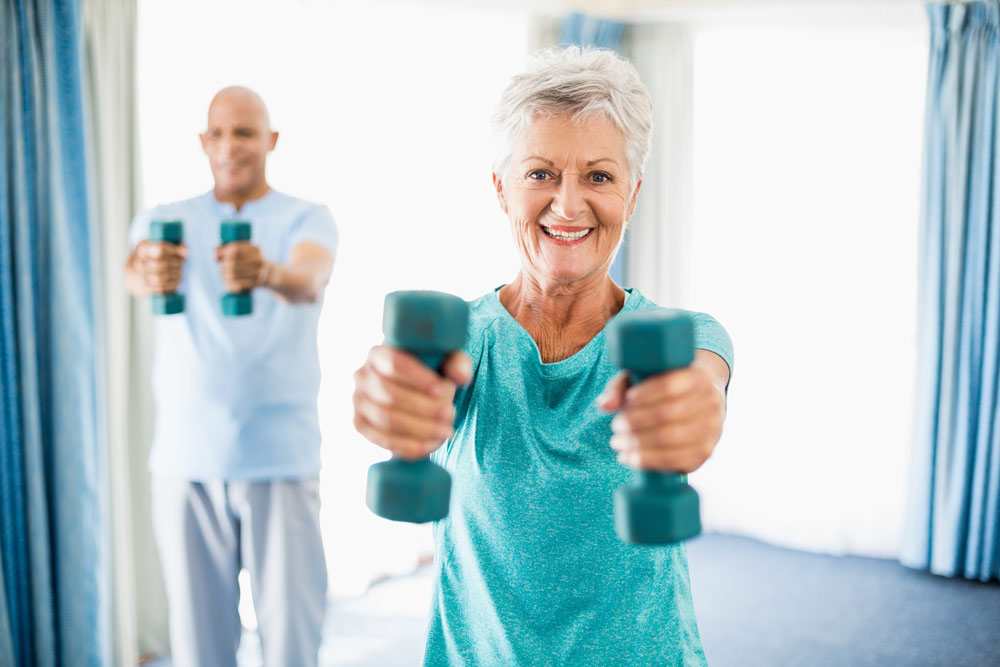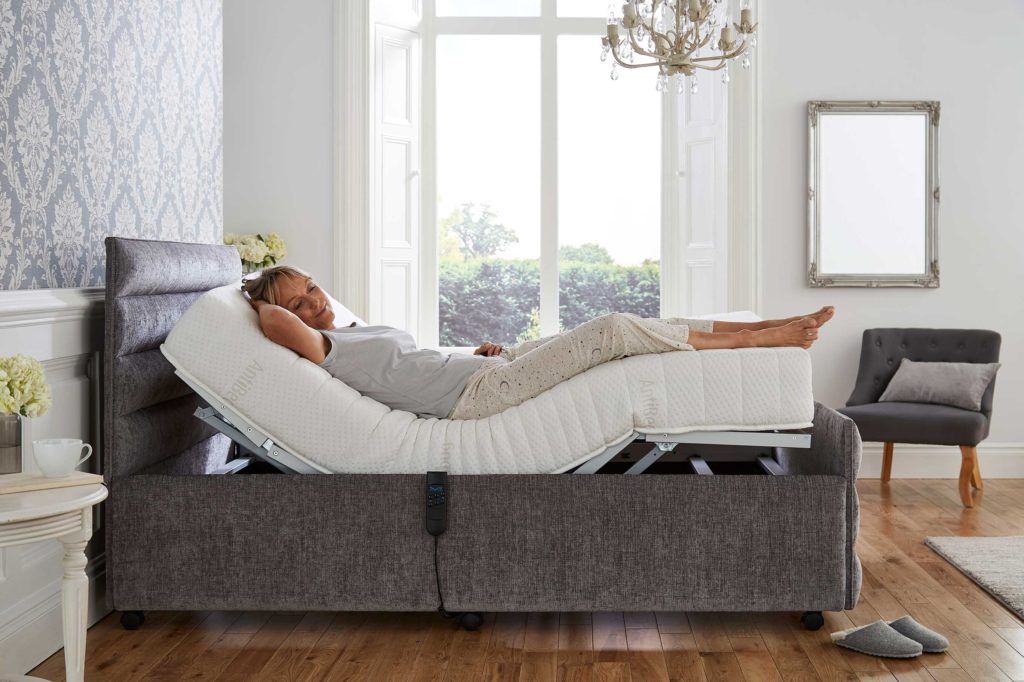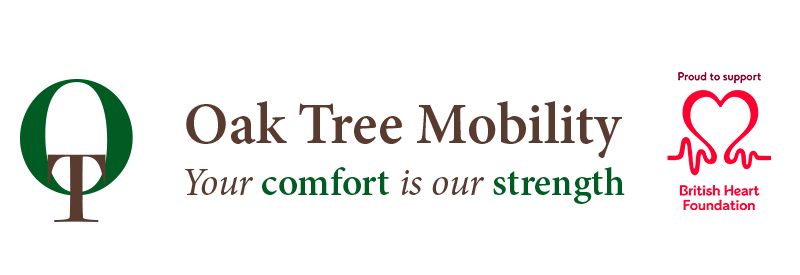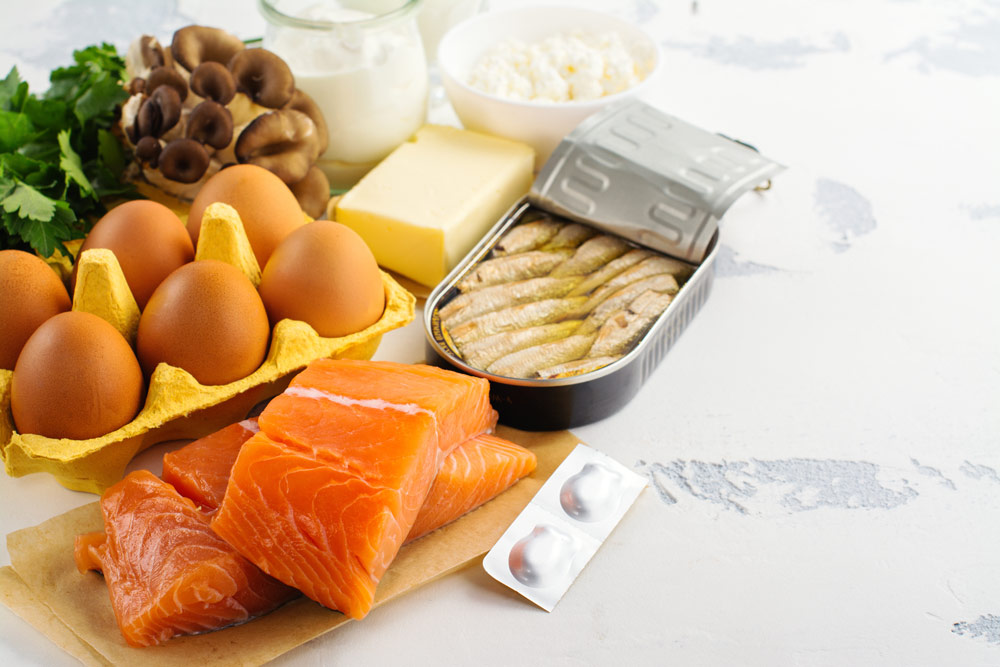What is Osteoporosis?
Osteoporosis is a health condition that weakens bones, making them fragile and more likely to break. The condition develops slowly over several years and often only gets diagnosed after a fall or sudden impact causing a bone fracture or break.
What happens to your bones?
The stage before Osteoporosis is called osteopenia. This is when your bone density is lower than average for your age but not so low that it’s classed as osteoporosis. Bone health can be detected on a bone density DEXA scan.
However, one does not always lead to another. There are steps you can take to keep your bones healthy.
The most common injuries caused by Osteoporosis are broken wrists, broken hips and broken spinal bones. Breaks can also happen in your arms or pelvis. Sometimes the condition is so far along that a sneeze can cause a broken rib or the partial collapse of spinal bones.
The physical condition of Osteoporosis is usually not painful, but broken bones are, especially in the spine.
The first sign of Osteoporosis is usually broken bones but it can also cause stooping in the spine after spinal bones have broken and the person can no longer support their weight.

Who’s affected by Osteoporosis?
Osteoporosis affects 3 million people in the UK and 500,000 receive hospital treatment due to fragility fractures every year.
What causes Osteoporosis?
Losing bone density is a normal part of ageing, but some people lose it faster than others. You start to gradually lose bone from around the age of 35.
In particular, women lose bone rapidly in menopause, especially in early menopause, if you’ve had your ovaries removed or absent periods for more than 6 months from over-exercising or too much dieting. The change in hormones directly affects bone density. Oestrogen is essential for healthy bones and after the menopause, it falls.
It can also affect men with low testosterone, young women and children too. Hormone-related disorders can also trigger osteoporosis, for example,
• Overactive thyroid gland.
• Disorder of the adrenal glands like Cushing’s syndrome.
• Reduced amounts of oestrogen and testosterone.
• Disorder of the pituitary gland.
• Overactivity in the parathyroid glands.
Other factors include,
• Taking a high-dose of steroid tablets for more than 3 years. (For asthma and arthritis).
• Having other medical conditions like Inflammatory conditions, hormone-related conditions or malabsorption.
• A family history of osteoporosis or hip fractures.
• Long term use of hormone tablets, like anti-oestrogen tablets, used to treat breast cancer and prostate cancer.
• Having had an eating disorder.
• Having a low body mass index.
• Not exercising regularly.
• Heavy drinking and smoking.
Treatment for osteoporosis?
The main basis for treating osteoporosis is treating and preventing broken bones and taking medicine for bone strengthening. Your treatments will be based on what risk there is of breaking a bone in the future. Factors such as age, sex, and bone density will be considered.

You can make sure you take enough calcium and vitamin D through a healthy diet. Adults should eat 700mg of calcium a day.
You can get calcium from
dairy products, leafy greens (not spinach which hinders calcium absorption), soya beans, tofu, nuts, dried fruit, bread and fish. Alos calcium supplements.
Get vitamin D from
• spending short amounts of time in the sun.
• oily fish.
• eggs.
• fortified fat spreads.
• fortified breakfast cereals.
• some powdered milk.
To recover from a fracture, you can try
• using hot and cold treatments, for instance, a bath and then cold packs.
• A transcutaneous electrical nerve stimulation (TENS). This stimulated the nerves and reduces pain
• Relaxation techniques
• Painkillers
• Massage
• hypnosis
Who’s at risk of a vitamin D deficiency?
Some groups are more at risk or vitamin D deficiency and should take supplements, for example,
• all babies and young children.
• All children aged 1-4.
• People who are housebound and frail.
• People who are confined indoors or a care home.
• People who cover up their skin when they go outside.
• People with darker skin.
Medicine for osteoporosis
Several different tablets might be prescribed, for example,
• Bisphosphonates – this slows the rate of bone loss, maintaining bone density. They come in tablet or injection form and there are four different types.
• Selective oestrogen receptor modulators (SERMs) – SERMs medicine have the same effect on bones as oestrogen. Help maintain bone density and reduce the risk of fracture. These are taken as a daily tablet.
• Parathyroid hormone – This is produced naturally in the body and regulates the amount of calcium in bone. Given as an injection, it can help stimulate cells for new bone growth. This is the only medicine that increases bone density.
• HRT (hormone replacement therapy) – This is for people going through menopause to help control the symptoms. HRT keeps bones strong and reduces the risk of breaking bones.
• Testosterone treatment – this is used in men when the osteoporosis is caused by low levels of male sex hormones.
How to prevent osteoporosis?

If you’re at risk of developing osteoporosis you can take steps to reduce your chances of a fall, like removing obstacles and risk factors such as trailing wires, secure rugs and carpets and put rubber mats in the bath. Getting regular hearing and sight tests is also a good idea.
Your genes, height and strength of your skeleton are determining factors but there are things you can do like …
Regular exercise
Regular exercise is essential. Adults aged 19 to 64 should do at least 2 and a half of moderate to intense aerobic activity, like cycling or fast walking, every week. Weight-bearing exercise and resistance exercise are important for improving bone density. Muscle-strengthening activities 2+ days a week can also help prevent osteoporosis. Make sure you work all the major muscle groups including the legs, hips, back, abdomen, chest, arms and shoulders. If you have been diagnosed with osteoporosis, talk to your GP or health specialist before starting a new exercise programme.
Weight-bearing exercise is any exercises where your feet and legs support your weight. It can be anything including running, skipping, dancing, aerobics, brisk walking, keep-fit classes, tennis and even jumping up and down, although not swimming or cycling. It’s essential for strengthening your muscles, ligaments and joints.
Resistance exercise uses muscle strengthening to pull on the tendons and thus boosting bone strength, for example, press-ups, weightlifting or using weight equipment in the gym.
Stop smoking and drink less.
The NHS recommends not drinking more than 14 units of alcohol a week. Also, avoid binge drinking.
Get some sun!
From late March/April till the end of September, sunlight produces Vitamin D which helps absorb calcium which helps to strengthen teeth and bones and therefore helps prevent osteoporosis.
How to get help and advice
Your GP or nurse will be able to answer any worries or questions you may have. You might want to talk to a phycologist or trained counsellor or others who have gone through the same thing as you in a local support group.
Recovering from a broken bone
Broken bones can usually take up to 6-8 weeks to recover depending on the seriousness of the fracture. If you have a complicated wrist or hip break you may need surgery or hip replacements.
If you break a bone in the spine you may lose height, creating a stoop, meaning the spine is no longer able to support your body’s weight. This can be painful especially if it’s long-term. You will be helped by a GP or nurse. You may need a physiotherapist or occupational therapist to help recover.
Working
You should try and continue to work if you have osteoporosis, staying active is key. However, if your work involves a risk of falling or breaking a bone you can seek advice from your GP or the Royal Osteoporosis Society about how to limit the risks.
How can an adjustable bed help you live with Osteoporosis?

If you are living with osteoporosis, you must look after your bones and make sure your bone joints are supported properly. This is to ensure that there is no unnecessary strain put on them while you sleep.
At the touch of a button, our electric adjustable beds bend into a shallow contour position which reduces pressure on your joints. In particular, our memory foam mattresses, which mould into the shape of your body.
If you’re recovering from a broken bone, it can be painful to get in and out of bed. However, with an adjustable bed, you can get in and out with ease as it gently lifts you out and lowers you into bed.
Our adjustable beds also have the added benefit of massage and heat. This will help recovery if you’ve suffered a bone break or you are trying to keep your muscles and bones healthy.
To view our adjustable bed range click here…








